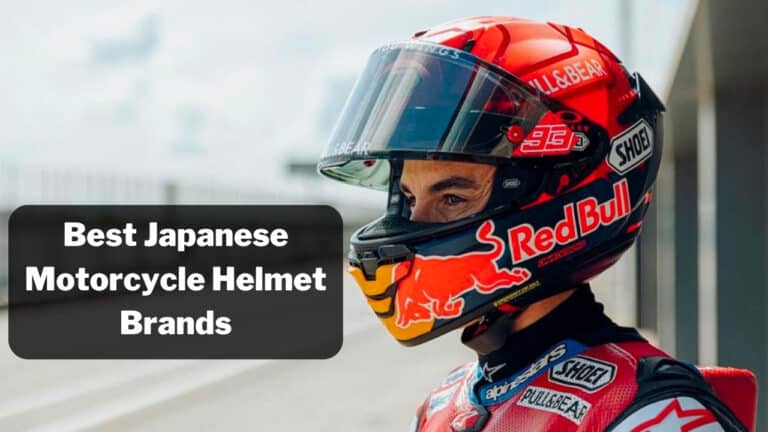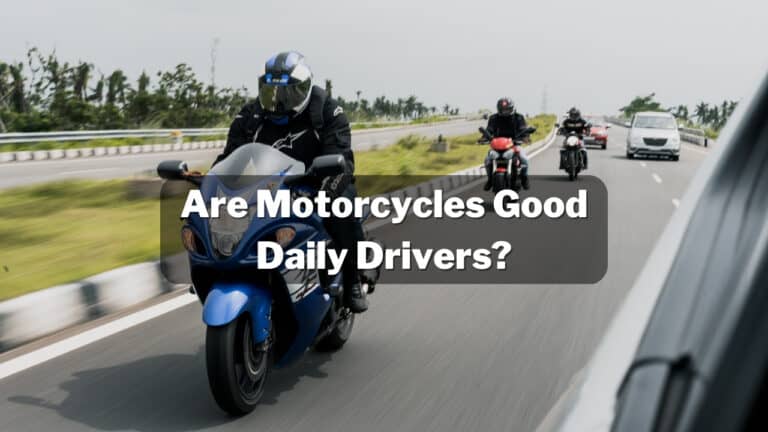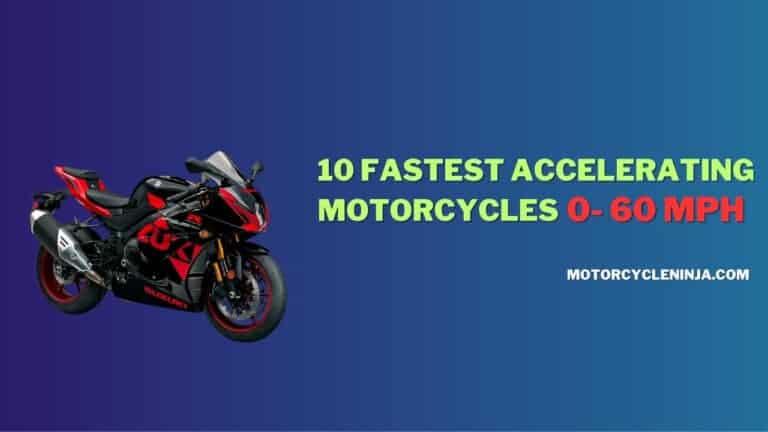6 Red Flags When Buying A Used Motorcycle (Expert’s Guide)
If you recently got a motorcycle license and are looking for your first motorcycle, buying a used motorcycle is a good decision to save huge money.
However, buying a good used motorcycle isn’t a piece of cake. You need to check a lot of things to crack a value-for-money deal.
I have bought many used motorcycles in the past eight years, and here I’ll tell you about red flags when buying a used motorcycle so you won’t bid your hard-earned money on the wrong deal.
Keep reading this guide..! In the end, I have shared the inspection checklist for buying a used motorcycle.
Table of Contents
What Are the Red Flags When Buying a Used Motorcycle
If you’re buying a used motorcycle to save money, here are six important things to check before signing the deal:
1. Mileage
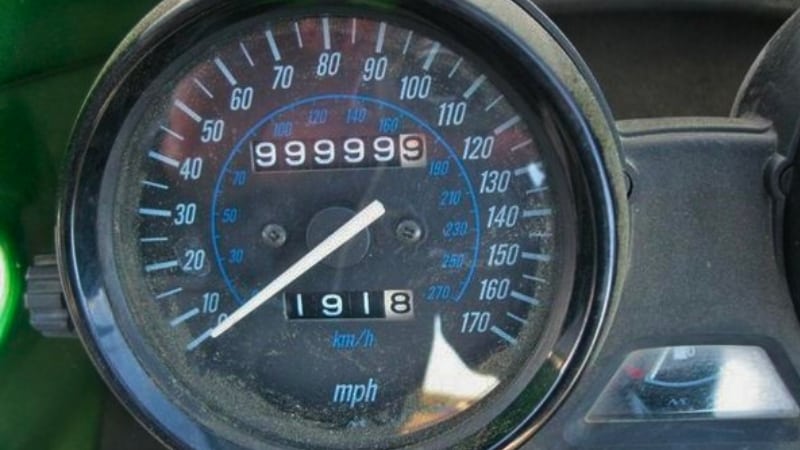
The mileage of a motorcycle can provide insights into its overall condition and potential lifespan.
As motorcycle enthusiasts, we know that a motorcycle up to 30,000 to 40,000 miles runs without major issues.
However, this doesn’t mean a motorcycle will die after 30,000 miles. It will last over 60,000 to 70,000 miles if well-maintained and serviced on time.
If you’re buying your first motorcycle, I would advise you to pick a used motorcycle under 25,000 to 30,000 miles.
I have already published a detailed guide on how long a motorcycle last. Don’t forget to read that.
2. Price Tag
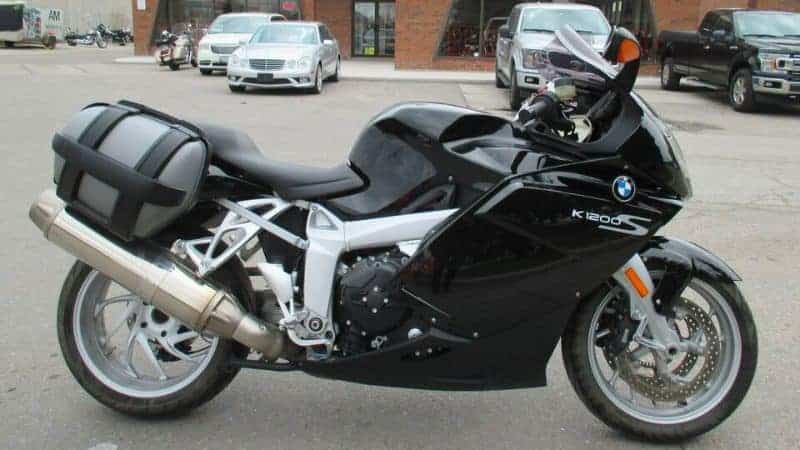
You have decided to buy a used motorcycle because of budget constraints. So, the price tag is very important.
Spending too much on high mileage or too old a motorcycle is not a wise idea. Before going to a dealer shop, decide your budget and try to negotiate because you might have to spend extra on maintenance.
Moreover, a lower price tag could indicate hidden problems or undisclosed issues. If someone is selling you much cheaper than its value, be alert and try to find out why.
If the price tag of a motorcycle is $10,000, it’s OK to buy it for $8500, but if someone is ready to sell for $ 5,000, you should become suspicious and inspect it thoroughly.
The price of the motorcycle will depreciate by 5% to 7% in the first six months and 30% to 35% of its value in the next 2 to 3 years.
| Motorcycle Age | Depriciation |
|---|---|
| 6 months and below | 5% to 7% |
| 6 months to 1 year | 10% to 15% |
| 1 to 2 years | 20% to 25% |
| 2 to 3 years | 30% to 35% |
| Over 5 years | 40% to 50% |
Note– This is an average price depreciation rate, but the actual depreciation value could differ.
3. Condition
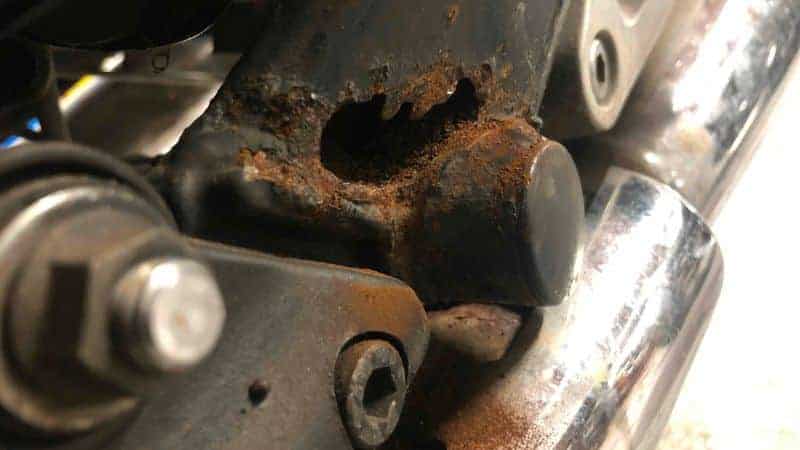
The physical condition of a motorcycle indicates poor maintenance. If there are cracks on the frame, paint oxidation, scratches on the tank, and corrosion, it may lead to costly repair.
So, when buying a used motorcycle, inspect all the parts thoroughly and avoid buying motorcycles with oxidized paints, rusted parts, and cracked frames.
I have published another guide on cleaning chrome parts on motorcycles.
4. Service History
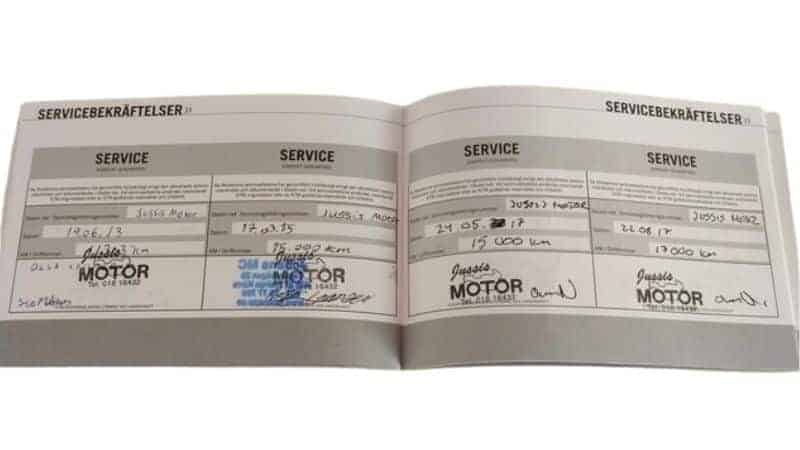
Regular service and maintenance are extremely important for engine longevity. So, it’s essential to ask for the bike’s service history you’re interested in.
Ask the motorcycle seller for records of oil changes, oil filter replacements, and air filter replacements.
A lack of maintenance history or incomplete records may suggest that the motorcycle hasn’t received proper care.
This raises the risk of potential mechanical failure and decreased longevity. So, ensure that the bike you’re considering has been well taken care of.
5. Accident History
Nobody wants to end up with a bike that has been in a major accident. To avoid this, ask the seller about the motorcycle’s accident history.
Additionally, visually inspect the bike for any signs of repairs or inconsistencies. Look out for mismatched paint, misaligned parts, or uneven panel gaps. These can be indications of past accidents.
If there is an accident history, carefully evaluate the extent of the damage and consider the potential long-term implications. It may be necessary to negotiate the price based on this history.
6. Title & Registration
Lastly, when purchasing a used motorcycle, it’s crucial to ensure that the title and registration are in order. Verify that the information on the title matches the seller’s details.
Take a moment to check the VIN (Vehicle Identification Number) on the title and compare it to the VIN on the motorcycle’s frame to ensure they match.
Furthermore, don’t forget to check for any liens or outstanding loans on the motorcycle. This helps you avoid any potential financial and legal complications after the purchase.
Inspection Checklist for Buying a Used Motorcycle
- Overall Appearance – Inspect for paint peel-off, corrosion, or cracks when buying a used motorcycle.
- Mileage – Check the odometer readings and ensure it’s not exceeding 30,000 miles if it’s a sports bike.
- Frame Condition – Please inspect the motorcycle frame for any cracks or corrosion. You must exclude the used motorcycle with cracks on the frame because it’s unsafe to ride.
- Exhaust Smoke – Start the engine and ensure the motorcycle exhaust is not smoking.
- Clutch – A bad clutch will affect your riding experience and fuel economy. So, it’s a red flag when buying a used motorcycle.
- Brake – Before buying a used motorcycle, check its braking system. Ensure that brakes and ABS are functioning properly.
- Suspension – The suspension is another crucial component for a smoother ride. So, ensure the front and rear suspensions are not leaking.
- Chain & Sprocket – The chain and sprocket are important components of the drivetrain, so ensure they’ve no excess wear and tear.
- Tires & Wheels – Inspect front and rear tire and wheels and ensures they’ve enough grip to help you in riding slippery road conditions.
- Oil – Inspect the engine oil quality and quantity when buying a used motorcycle because oil lubricates all moving components and promotes heat dissipation to keep the engine cool.
- Fuel Tank – Inspect the fuel tank and ensure no sign of corrosion or rust from inside.
- Electrical Accessories – Electrical accessories like headlights, indicator lights, taillights, dashboard lights, and other components function properly.
- Title & Registration – Don’t forget to check the title and vehicle registration and match them with seller details. Also, ensure there are no outstanding loan EMIs on the motorcycle.
- Test Drive – A short test drive is very important when buying a used motorcycle. This will tell the engine conditions. If you notice any issue with a test drive, please clarify it with the seller and negotiate the price further.
These are some important checklists for buying a used motorcycle. You must inspect the internal components carefully and clarify the issue with the seller.
Conclusion
Cracking a good deal on a used motorcycle is not everyone’s cup of tea. You must check the above red flags when buying a used motorcycle for the first time. I have also listed some important inspection checklists that help you crack a value-for-money deal.
I hope you found this guide helpful. Please ask your questions and suggest what else I should include in this article.
